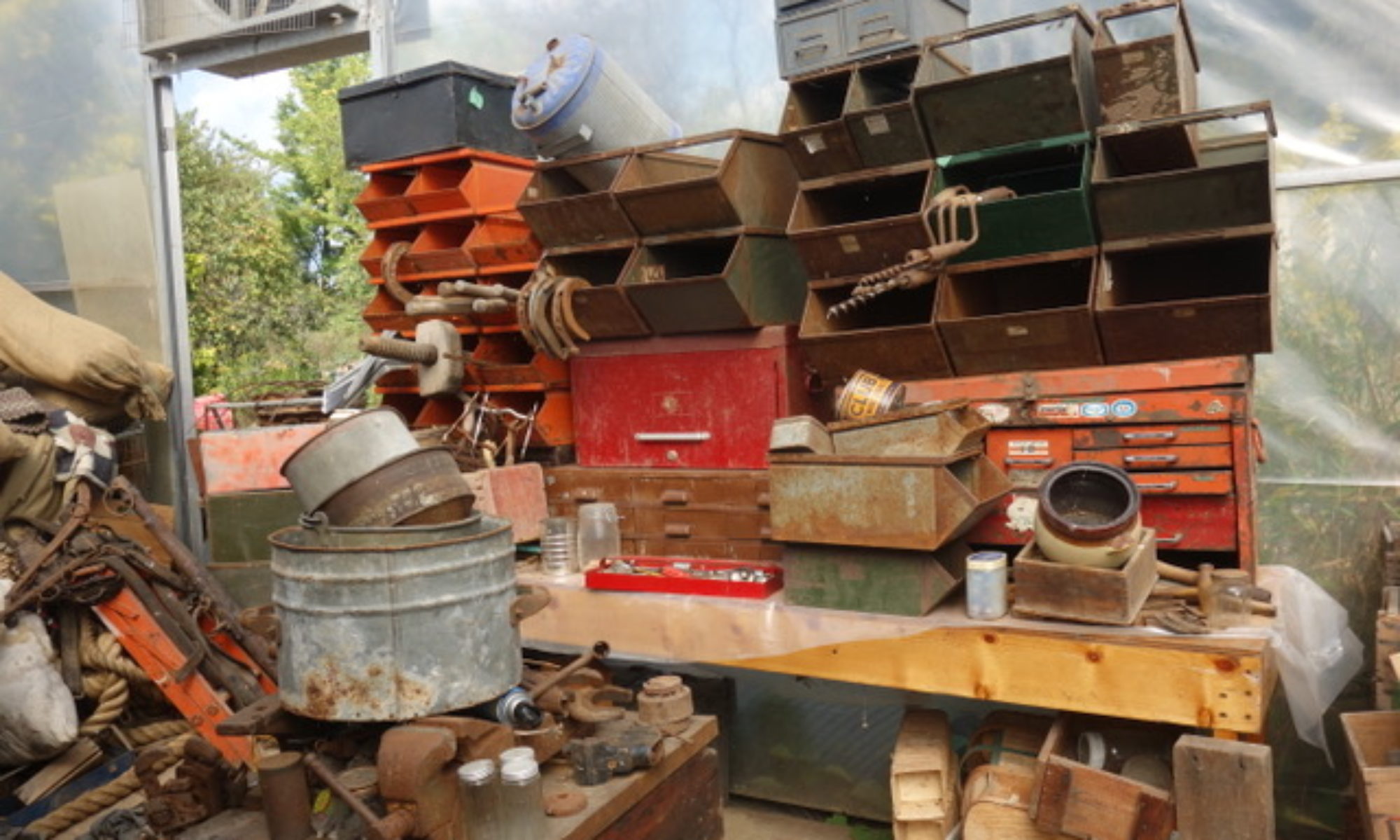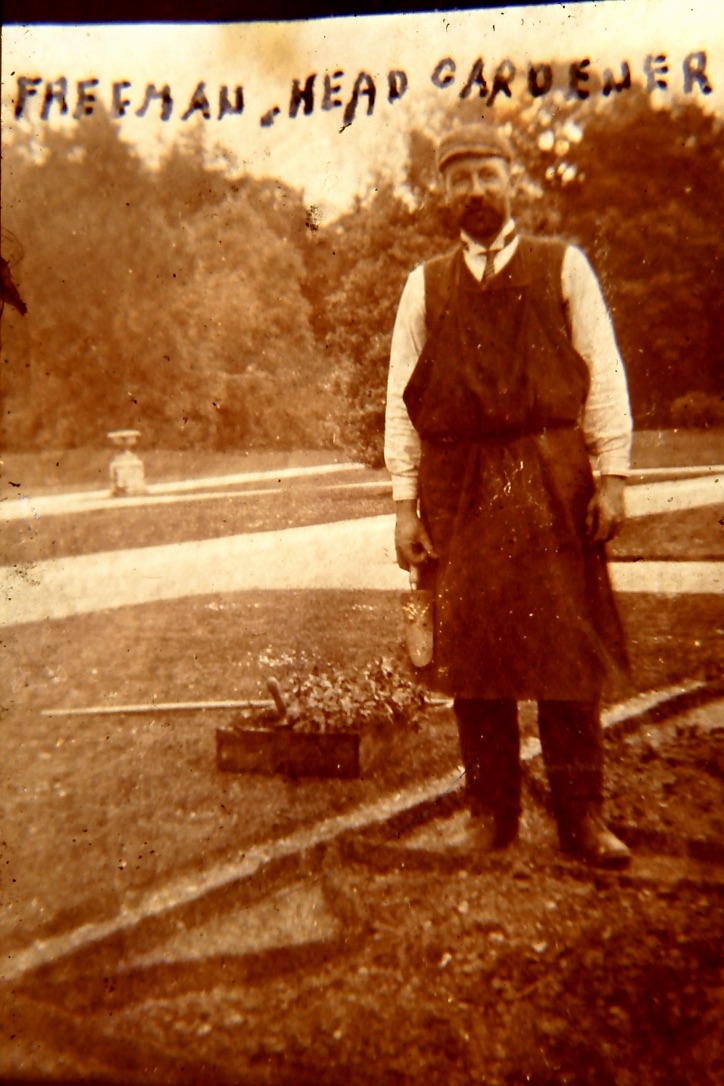EPISODE 524 THE HEREFORDSHIRE POMONA 1885 (by Edith Bull and Alice Ellis – two forgotten ladies)alan skeochJanuary 30, 2022
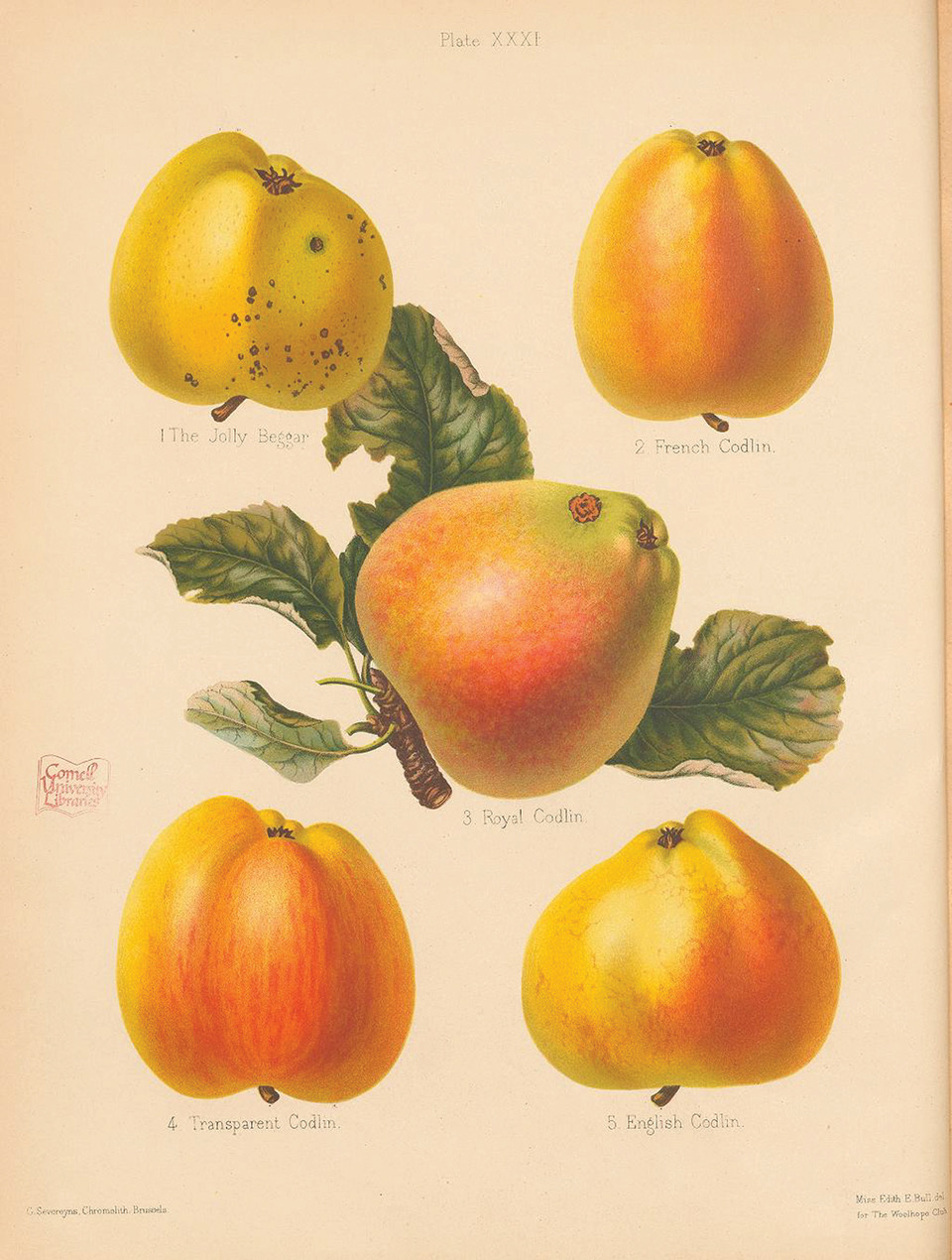
I love the way the ladies included apple blemishes…so true to life.
Edith Bull at her easel….where is a picture of Alice Ellis?…these
two ladies painted apples for several years of their lives…but
both are forgotten. Did Edith really paint apples with that dress on?
 blog.biodiversitylibrary.org/wp-content/uploads/sites/4/2018/06/12-229×300.jpg 229w, blog.biodiversitylibrary.org/wp-content/uploads/sites/4/2018/06/12-586×768.jpg 586w, blog.biodiversitylibrary.org/wp-content/uploads/sites/4/2018/06/12-781×1024.jpg 781w” sizes=”(max-width: 450px) 100vw, 450px” apple-inline=”yes” id=”968BFFCF-C054-4FD4-92DD-9228EF2B9129″ src=”http://alanskeoch.ca/wp-content/uploads/2022/01/12.jpg”>
blog.biodiversitylibrary.org/wp-content/uploads/sites/4/2018/06/12-229×300.jpg 229w, blog.biodiversitylibrary.org/wp-content/uploads/sites/4/2018/06/12-586×768.jpg 586w, blog.biodiversitylibrary.org/wp-content/uploads/sites/4/2018/06/12-781×1024.jpg 781w” sizes=”(max-width: 450px) 100vw, 450px” apple-inline=”yes” id=”968BFFCF-C054-4FD4-92DD-9228EF2B9129″ src=”http://alanskeoch.ca/wp-content/uploads/2022/01/12.jpg”>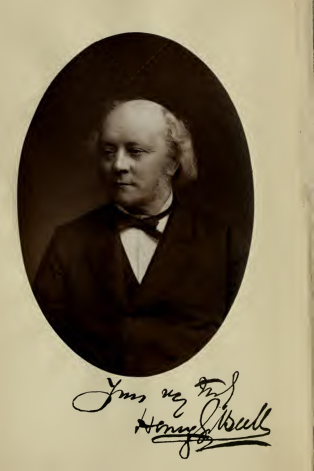
Henry Bull…his daughter, Edith Bull, should be famous but
seems to be forgotten along with Alice Ellis.
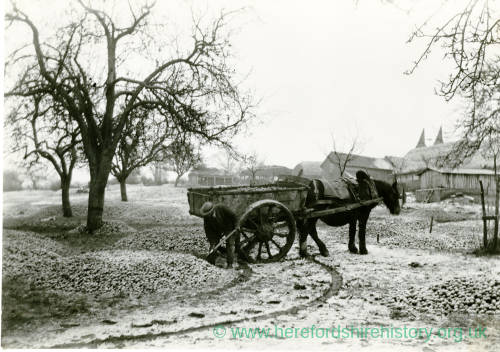
Picking apples with a shovel…
 olddesignshop.com/wp-content/uploads/2014/07/OldDesignShop_HorseAppleCart-1024×709.jpg 1024w, olddesignshop.com/wp-content/uploads/2014/07/OldDesignShop_HorseAppleCart.jpg 1468w” sizes=”(max-width: 300px) 100vw, 300px”>
olddesignshop.com/wp-content/uploads/2014/07/OldDesignShop_HorseAppleCart-1024×709.jpg 1024w, olddesignshop.com/wp-content/uploads/2014/07/OldDesignShop_HorseAppleCart.jpg 1468w” sizes=”(max-width: 300px) 100vw, 300px”>Picking apple by hand….

“Hey, Marjorie, I just got an email from Dan…he found a copy of the Herefordshire Pomona for sale.”“You should buy it…You’ve been talking about the book for60 years.:”“Good idea…we should buy it. But there is one small problem.“Which is?“The price.”“I bet it’s around $100…rare book.”“Guess again.”“How much?”“$17,937.98”“What! You must be kidding!”“No…that’s U.S. Funds and does not include the $20 shipping.”“We can only afford the shipping…twenty bucks.”“Why is it so expensive?”“That is my story today…it’s quite a story…I have been thinking how to start the story…how toengage readers. That $17,937.98 price should do it.”“What was your original plan?”“I felt those two women who spent years drawing and using water colours to illustrate appleswould be a good start. But the story is so complicated that much could be lost.”“What were their names?”“Alice B. Ellis and Edith E. Bull.”“Pictures of them?”“Only a picture of Edith Bull in front of her easel….all I could find.”





“And concluded by welcoming very cordially the presence of the two ladies, Miss EUis and Miss Bull, whose great artistic talents have enabled the committee to publish that magnificent work —The Herefordshire Pomona—a work that will carry down the renown of the Woolhope Club for many generations to come.
April 3, 1883 WOOLHOPE NATURALIST FIELD CLUB”
“Did the ladies come up with the idea of chromolithographs of all the apples in Herefordshire?”“No…the idea grew from conversations between three men and a wealthy supporter.”“When?”“Between 1876 and finally published in 1885….these guys were members of the Woolhope NaturalistClub in Hereford…”“Woolhope…what?”“Woolhope Naturalist Club…around 200 well healed men determined to unravel the mysteries ofthe world around them. They collected fossils, dug up Roman forts, admired ancient oak trees,collected and illustrated mushrooms…then published their discoveries. Their reports are all onthe internet if you can find them…hundreds and hundreds of pages with few illustrations. Thesewere not dabblers…these were Victorian men, most men, prompted, I guess, by the workof Charles Darwin.”“Fungus and mushrooms…sounds sort of odd.”“The Woolhope Club was not just devoted to apples. As a matter of fact the mention ofthe Hereford Pomona is not easy to find in the club minutes.”
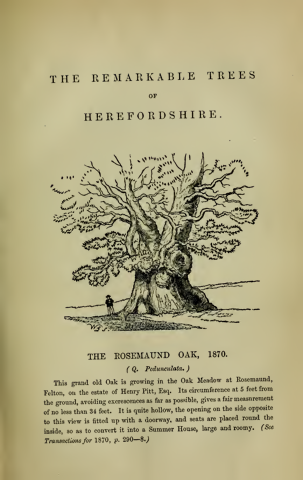

Doctor Robert Hogg, 1886.

Reverend Charles Bulmer. (His two sons founded Bulmer’s Cider Company which
eventually dominated cider production in Herefordshire now sold under Strongbow name I believe)
Doctor Henry Graves Bull (1818-1885) (His daughter Edith Bull and Alice Ellis
used watercolours to paint al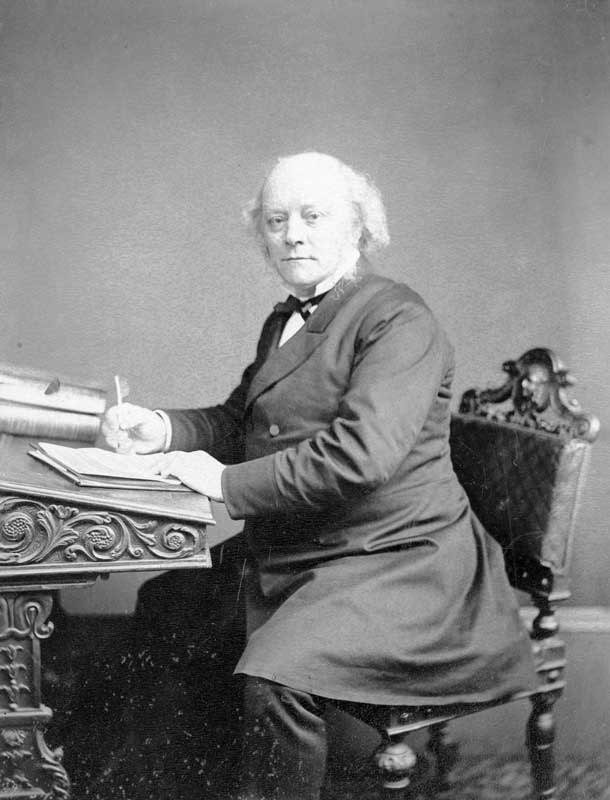 l the apple and pear varieties in years between 1876 and 1883)
l the apple and pear varieties in years between 1876 and 1883)
 l the apple and pear varieties in years between 1876 and 1883)
l the apple and pear varieties in years between 1876 and 1883)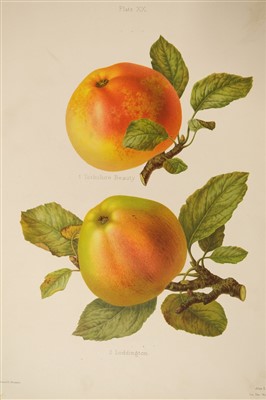
STEPS THAT LED TO CREATION OF THE HEREFORDSHIRE POMONA
1) June 1876: Reverend Charles Bulmer invited Doctor Henry Graves to see the apple exhibition in Hereford
Doctor Hogg was worlds leading expert on apples in 1876…published the 759 page “Fruit Manual” for head gardeners.
Reverend Bulmer was vice at Credenhill , Herefordshire, and a member of the Woolhope Naturalists Field Club and had
just won second prize for his perry (Pear Wine) perhaps judged by Dr. Hogg at the Bath and West Show of 1876.
2) The Woolhope Naturalists Field Club members were interested in diverse subjects from Roman ruins to Ancient Oak trees to fossils,
mushrooms and apples, etc. etc. The minutes of the Woolhope Club can be found on the internet…hundreds and hundreds
of pages, mostly print, several engravings. In 1876 Club members were worried about neglect of Hereford orchards making
the apples an pears unmarketable. The question:”Why are so few of our apples in grocery stores?” (my question imposed)
“We owe it to those who come after us to maintain an strengthen our title to the garden of England!” (Club comment in 1876)
3) Oct. 14, 1875: Woolhope Naturalist Club has its first apple and pear exhibition to try snd identify local varieties. On display
were 128 apples and 62 pears. This was big step that was to become immense in subsequent years.
Exhibitions in Hereford
1875 — 128 apples
1876 __ 637 apples and pears
1883 __ 2.500 apples on display inside in Hereford
1,000 apples on display outside in Hereford
1883 __ 10,500 apple varieties in national exhibition Oct. 4 to 25 Chiswick
1885__ 600 copies of Herefordshire Pomona
4) 1878: Dr. Hogg offers to promote and record apples and pears worthy of attention and cultivation.
The ides of a “Herefordshire Pomona” is born with Dr. Henry Bull as general editor and Dr. Hogg as
technical editor.
5) 1878-1883: Two ladies recruited to do the illustrations, Edith Bull and Alice Ellis, to replicate worthy
apple and pear varieties for chromolithographic reproduction. Alice Blanche Ellis was a gold medal winner
from a Bloomsbury School of Art (no picture that I could find) while Ediths Elizabeth Bull was Doctor
Bull’s daughter (picture included)
6) 1885: Herefordshire Pomona completed with 600 copies of the two volumes book finished…”the most
perfect and thorough and artistically beautiful work ever published on the subject.” (Woolhope Transactions 1884)
Chosen: 262 apples and 169 pears in “lavish chromolithograph plates from watercolours”

7) 1883 National Apple Congress in Chiswick Gardens was major, indeed phenomenal success with 236 exhibitors
and 10m500 dishes of apples. When closely examined there were 1,545 varieties classified by purpose, season, size,
shape, surface texture and colour. “Never before had so many varieties even brought together in one place,
and probably never will again.” (Jane Morgan) The best eating apples were names..King of the Pippins, Cox;s
Orane Pippin and Ribston Pippin.
The National Apple Congress was so popular that railway companies offered cheap tickets so working class
people could attend and the exhibit was extended a week.
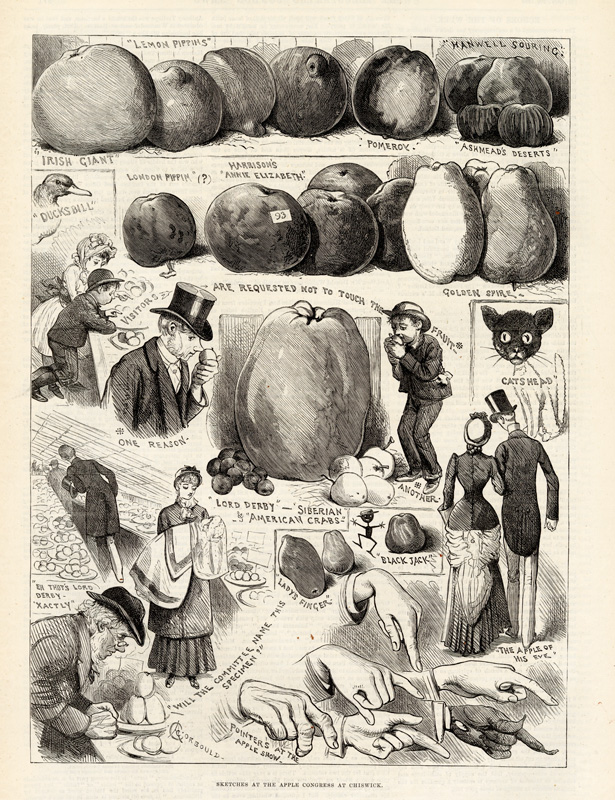
Drawings from the Apple Congress ar Chiswick, Oct 20, 1883
“Visitors are requested not to touch the fruit”…obviously being ignored in sketch8) Soon afterward Reverend Bulmer’s two sons constructed a cider factory in
Hereford that became the world’s largest cider maker and Herefordshire still
has more apple orchard than any other county in the United Kingdom.
![Le Herefordshire pomona, contenant des figures de couleur et descriptions des types les plus estimés de pommes et de poires. Hereford, [Eng.]Jakeman et Carver, 1876-85. <a href=]() biodiversitylibrary.org/page/55785600 Photo Stock – Alamy” apple-inline=”yes” id=”20CE5F97-983A-431F-AB99-7C5442E5F816″ src=”http://alanskeoch.ca/wp-content/uploads/2022/01/images-7.jpeg”>
biodiversitylibrary.org/page/55785600 Photo Stock – Alamy” apple-inline=”yes” id=”20CE5F97-983A-431F-AB99-7C5442E5F816″ src=”http://alanskeoch.ca/wp-content/uploads/2022/01/images-7.jpeg”>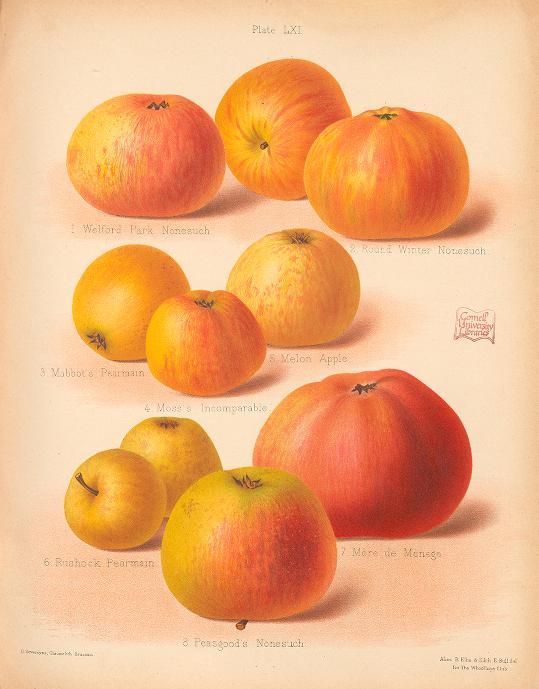
(See “When Doctor Hogg Went to Hereford)
PIUTTING EDWARD FREEMAN BACK IN THE STORY
“ALAN, the apple paintings/engravings are stunning but what motivated you to do all
this research?”
“Granddad did.”
“You said that you knew little about his life.”
“He was born in 1871, that makes him 5 years old in 1876 when sudden interest in apples began.
“Too young to know an apple from a soccer ball.”
“True but that would make him 12 years old in 1883 when the Hereford Pomona was released.”
“On the verge of adulthood back then…at 12 he became a gardener’s boy and then in 1884 a gardener apprentice
and y 1894 soon to become the head gardener of Eywood Court in 1898.”
“He grew up with this apple hysteria in full bloom.”
“How old were those apple trees at Eywood?”
“”Never saw them.”
“There were two walled gardens…first one was a kitchen and flower garden…then
behind the dividing wall was the orchard where some scraggy looking apple trees stood … bet dollars
to doughnuts those trees dated back to Edward Freeman’s time. Apple trees can live
for 60 years or more.”
“Do you know for sure that Edward Freeman was interested in apples?”
“I do. this is the year 2022 and there is still one last apple tree in granddads Canadian orchard. It looks
bad, uncared for, but it is still alive. That tree and others were in full life when Was in the garden seventy years ago.”
“What kind of apples?”
“Wormy apples…scabby too.”
“But what kind of apples?”
“Might be neglected MacIntosh…I have no idea though.”
“How do apple trees get their names?”
“Same way as street names…some person gives them a name.”
“Why not name that tree then?”
“NO.”
“Why not?”
“I have my eye on a wild apple tree near the field gate.”
“Wild apples are no good.”
“Usually so…but every once in a while a wild tree turns out to be swell”
“And the name?”
“Pick a name…I am open to suggestions.
“What does the tree look like?”
“not likely to win a beauty contest but last year the apples were nice”
“Name?”
“Open to all … Name the tree!”
alan skeoch
Jan. 30,, 2022

POST SCRPT: THE NOTE SENT TO ME BY DAN BOWYER RE: PRICE OF MINT CONDITION HEREFORDSHIRE POMONA
